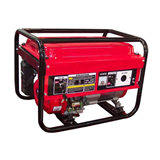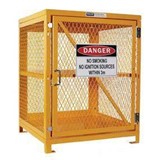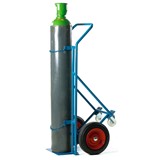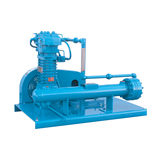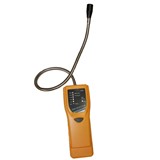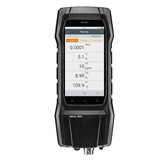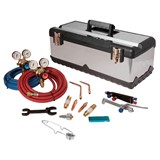Dr Isaac Santos and Dr Damien Maher from the University’s Centre for Coastal Biogeochemistry Research in the School of Environment, Science and Engineering presented their research at a public lecture recently.
Southern Cross University rejected claims the research was premature or lacking in scientific rigour as claimed by industry group, Australian Petroleum Production & Exploration Association Ltd.
The University has world leading expertise in the field of geochemistry, achieving the highest rating of 5 ‘well above world standard’ in this field in the Excellence in Research for Australia 2010 report.
Dr Santos said their scientific results were currently being peer reviewed by an international scientific journal.
"Despite commercial production starting in the mid-1990s, this is the first publicly available data on concentrations of methane in the atmosphere of Australian CSG production areas," Dr Santos said.
"We used cutting edge technology to make the measurements. Our work highlights the need for further research to adequately quantify the emissions and their source."
Dr Santos and Dr Maher produced the first independent maps of atmospheric methane concentrations in CSG production fields in Australia in an effort to determine whether gases may be leaking from CSG infrastructure.
The scientists surveyed methane concentrations in air and water samples in two areas: the CSG mining fields around Tara in Southern Queensland, and CSG exploration activity in the Richmond River catchment around Lismore in Northern New South Wales.
Typically background concentrations of methane in the atmosphere are approximately 1.8 parts per million.
But Dr Maher said concentrations of methane were much higher in the atmosphere and waterways around Tara than in the Lismore area.
"In Tara the concentrations are consistently higher than two parts per million and approach seven parts per million in a few locations. This is about three and a half times higher than expected if there was no change in the atmosphere," Dr Maher said.
"These results are higher than values reported for conventional gas production fields in Siberia, one of the world’s largest natural gas production areas."
Dr Santos said there were two explanations for the increases: fugitive emissions caused by methane escaping from CSG activities or natural seepage.
"Any geological area that has gas deposits is going to have natural seeps. At this stage we are unable to separate the contribution of CSG activities from natural seeps because no sampling was done in Tara prior to mining," Dr Santos said.
"Our research highlights the need for sampling and baseline studies to be established before changing the environment. These baseline studies are the best and perhaps the only way to fully assess change potentially brought about by any industry."
Dr Maher said while CSG may have been promoted as a clean energy source, no independent studies had quantified the whole gas field methane output from Australian CSG fields.
"This is clearly the next step. Methane is a powerful greenhouse gas, at least 25 times more powerful than carbon dioxide. Given fugitive emissions are not directly measured at this stage, follow-up quantitative research could potentially change carbon tax estimates for the CSG industry," Dr Maher said.
Currently CSG fugitive emissions estimates have not been assessed by independent organisations.
"Typically in Australia we assume a figure of 0.12 per cent leakage at the wellhead of total gas production but we don’t have any data backing up that assumption. Some studies overseas indicate that lifecycle fugitive emissions may be up to eight per cent," Dr Maher said.
"While the figure of eight per cent has come under fire by some academics and the CSG industry, the lack of baseline data makes it extremely difficult to put an exact number on mining-specific emissions after mining has commenced. We don’t know what fugitive emissions are coming from Australian CSG mining.
"We need to do site specific experiments to quantify those emissions for every gas field."
Dr Santos said industry currently had a ‘fire detector’ approach to methane.
"A ‘fire detector’ approach to methane regulation means methane is treated as an explosive hazard only. Concentrations have to reach explosive levels to be considered a problem," Dr Santos said.
"Our results indicate that we should adopt more of a ‘smoke detector’ approach in which methane is treated as a powerful greenhouse gas. By using this approach minor leaks over a large area should be accounted for."



